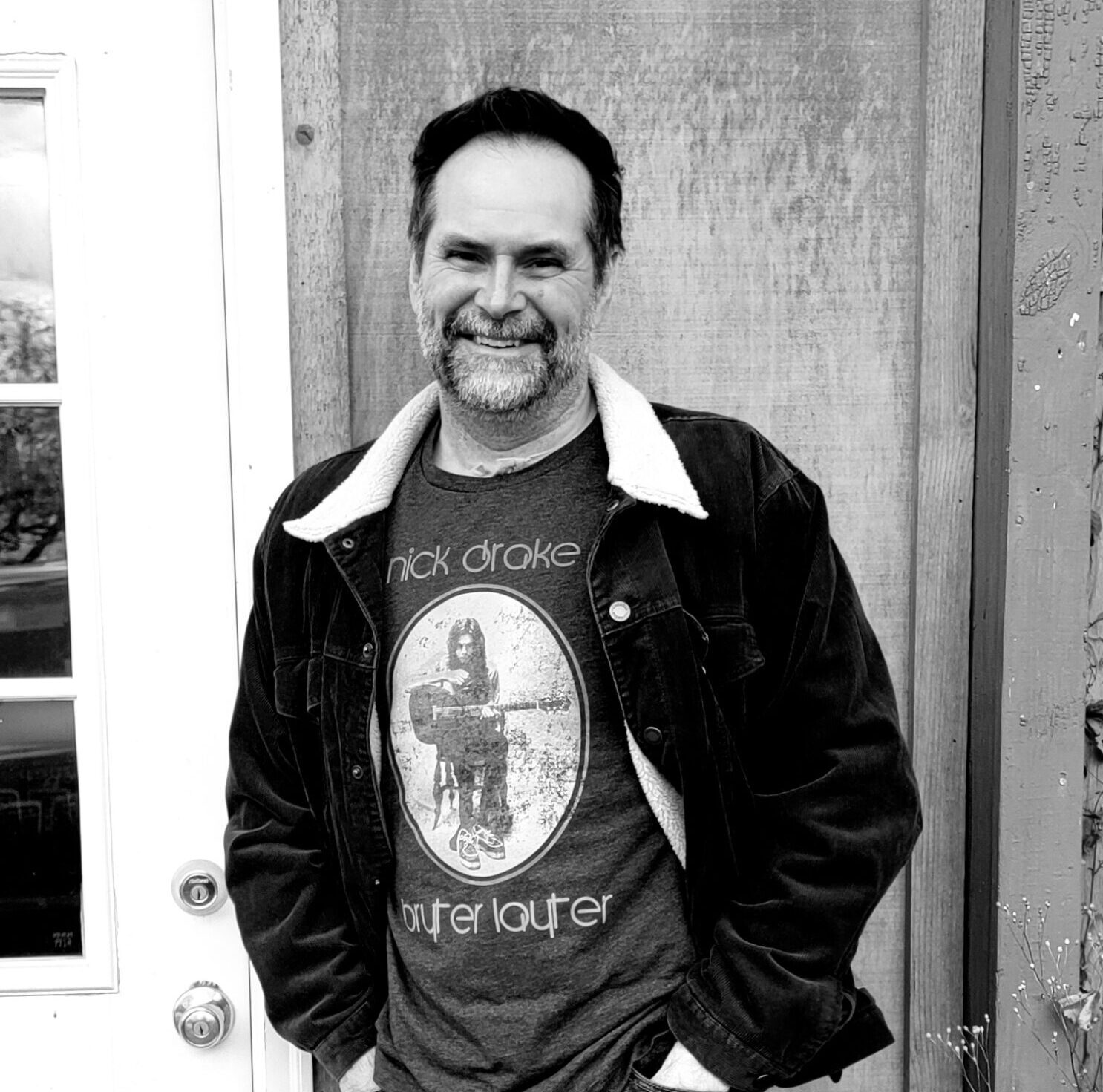
by Edward Karshner
My daughter, Alex, was five years old when I took her home for the first time. Home meaning the homeplace, a narrow road through a hollow called Spud Run. My origin place, settled by my great-grandparents, who I know only through stories. As we drove through the hills and hollows of southeastern Ohio, Alex said, “I remember this place even though I’ve never been here before.” What a profound thought for a five-year-old. What an incredibly Appalachian thing to say.
Maurice Manning writes that the irony of being Appalachian is that we are a “rooted people…again and again up rooted.” However, as Manning points out, we take our culture with us wherever we go. Appalachians are lucky in that so much of who we are is wrapped up in our stories. Every Appalachian is a storyteller. The family stories, tall tales, and remembered (and mis-remembered) history all express the where of who we are in both time and place. Stories are a direct link to where we’ve been, where we are, and where we are going.
I can tell you stories I’ve heard passed down that connect me to my great-grandparents, great uncles and aunts I never knew. I can tell you back to Red House, West Virginia. I can tell you all the way to Zurich, right after the Reformation and Konrad Kirchner, who left the Roman Church to become a Lutheran Biblical scholar in Switzerland.
And, I wonder, what impulse, what understanding of time and place, of story, makes us so focused on these notions of the past?
I’ve settled on the idea that all narratives are essentially folklore. Not just folklore as a body of texts but folklore as means of understanding texts. Folklore supplies the metaphors that allow us to make sense of the circumstances we find ourselves in. In my work, I gravitate toward Northern European folklore because its hermeneutical emphasis on who we are being the result of what we think, speak, and do is close to how I understand Appalachian folk-metaphysics.
In Northern European folklore, at the center of the universe is a tree, a variation of the archetypal world tree that exists in many cultures. I like the shamanic origin theory of the world tree where it represents a dream state connecting the watery unconscious beneath with the aware mind above. If Hilda Ellis Davidson is right and the tree has Eurasian origins, then we can take this cognitive metaphor into Indo-European linguistics, too. The roots of the tree are in Kel (hold, hidden, contained) and the branches are in Ke-men (a clear mind). In English, Hell (from kel) is a hidden place of containment. Heaven (from ke-men), a place of clear perspective.
This tree grows over a well, or more accurately, a self-replenishing spring—in Appalachia, a haint hole. Some stories say three wells and that’s interesting. The well of past (Urth), memory (Mimir) and the well that “all things flow from” (Hvergelim). Hvergelim reminds me of the watery deep that starts the book of Genesis…the dark, unconscious raw material waiting to be arranged with, what Gaston Bachelard calls, material and formal imagination.
And that imagination is represented by the three versions of the verb “to be,” personified as three women, protecting the world tree by layering mud over its roots. These women, the Norns, are named Urth (was), Verthandi (is), and Skuld (should be). Besides protecting the tree, the Norns also “twist and weave” as well as “secretly communicate.” The word norn carrying all these connotations. So, rather than determine “fate,” the Norns record our past, help us navigate the present, in order to act in a way that pays the debt we owe those who came before—what we should do.
The Norns layers these stories to protect our roots with what David Southwell calls “ghost soil.” Meaning, we live in a reality where the past is the only permanent resident. We haunt the present, he says, as the past calls us to return over and over again to the familiar layers and roots that feed us. We, in our telling of tales, become the Norns, the twisters of yarns.
I write stories about place. I write stories about stories that reveal a network of connections, roots, and layers. And those layers are dirty. Re-enchantment requires a filter, a lens, a lie that allows us to approach a truth that reveals the holes in the fabric of our being. This brings me back to “hermeneutics,” the knowledge that deals with the interpretation of texts. The root of the word is “Hermes,” the messenger of the gods. But, he was also a trickster, purposefully muddying messages for his own entertainment. The tree at the center of the universe has its own tricksters. Wrapped around the root of the tree is a serpent/dragon called Nidhogg (the slanderer) and running up and down the tree between the destructive forces below and the clear-sighted Eagle above is the Squirrel (Ratatoskr) who, according to The Prose Edda carries “slanderous gossip.”
This metaphor dramatizes that what gets pulled up from the depths of our mind is never accurate. We can call it mis-remembering, re-enchantment, embellishing for literary effect, but, all writers lie. That is the only way to dig through the layers, untangle the roots of our own personal world tree. This is the work: to reveal those uncomfortable truths about ourselves. We won’t like the truth we find every time. But, it is our truth nevertheless.
I’m not sure what hills Alex was remembering that day out on Spud Run. It could have been, and I like to think that it was, the stories I tell to keep the memory of Spud Run alive in her. In remembering, she is from these hills. She belongs in these hollows. And in that foundational folklore way, these hills remember her, too, and will forever call her home.

